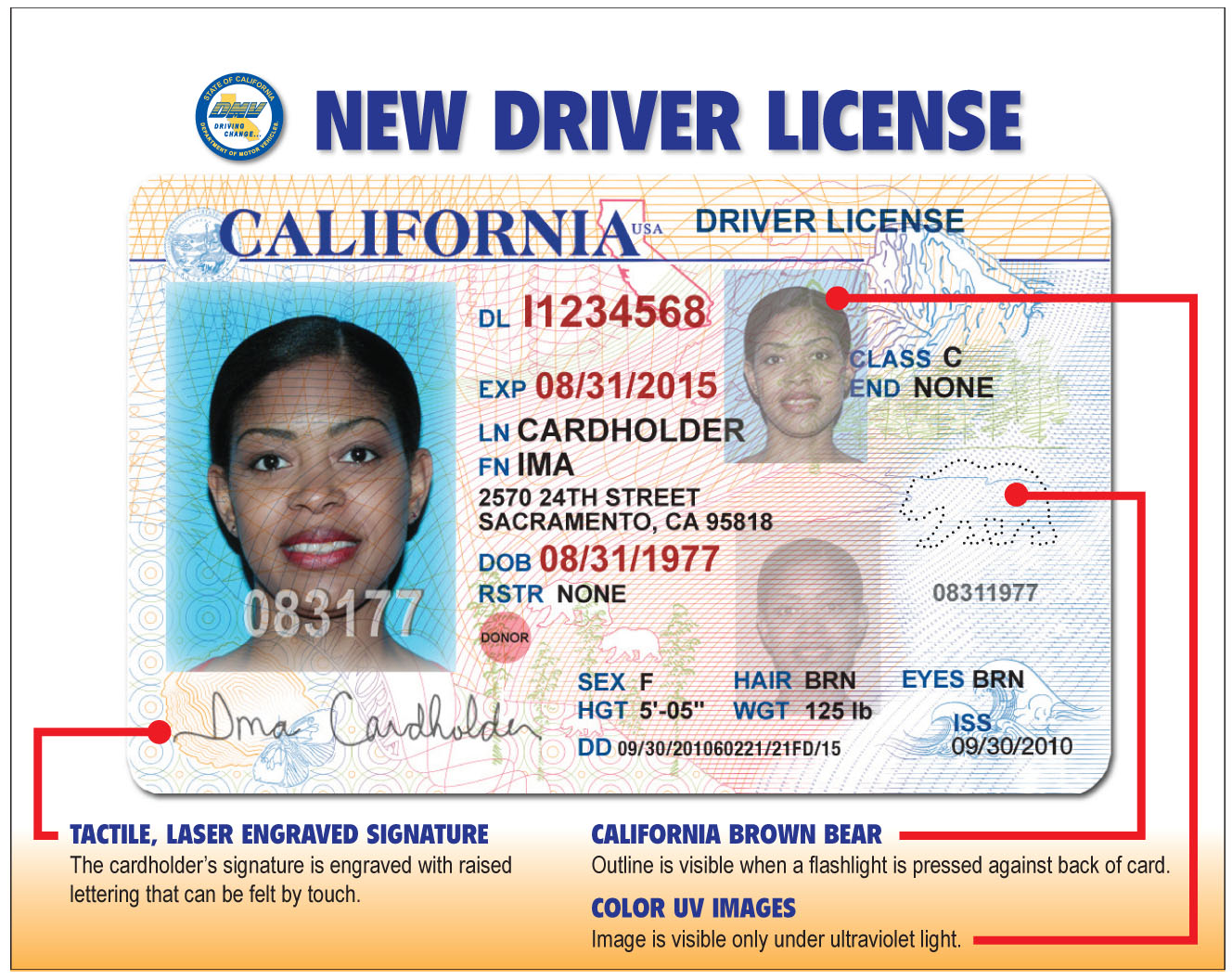
In 2016, PG&E announced that it plans to close the two Diablo Canyon reactors in 20, stating that because California's energy regulations give renewables priority over nuclear, the plant would likely only run half-time, making it uneconomical.

The plant is located in Nuclear Regulatory Commission Region IV. Though it was built less than a mile from the Shoreline fault line, which was not known to exist at the time of construction, and is located less than three miles (4.8 km) from the Hosgri fault, a 2016 NRC probabilistic risk assessment of the plant, taking into account seismic risk, estimated the frequency of core damage at one instance per 7.6 million reactor years. The plant produces electricity for about 6 cents per kWh, less than the average cost of 10.1 cents per kWh that PG&E paid for electricity from other suppliers in 2014.

The plant has two Westinghouse-designed 4-loop pressurized-water nuclear reactors operated by Pacific Gas & Electric (PG&E). It was the subject of controversy and protests during its construction, with nearly two thousand civil disobedience arrests in a two-week period in 1981. Since the permanent shutdown of the San Onofre Nuclear Generating Station in 2013, Diablo Canyon has been the only operational nuclear plant and largest single power station in California.

The Diablo Canyon Power Plant is a nuclear power plant near Avila Beach in San Luis Obispo County, California. To the left is the Administration Building (black and white stripes). The reddish-brown building is the turbine building where electricity is generated and sent to the grid.

The light beige domes are the containment structures for Unit 1 and 2 reactors.


 0 kommentar(er)
0 kommentar(er)
